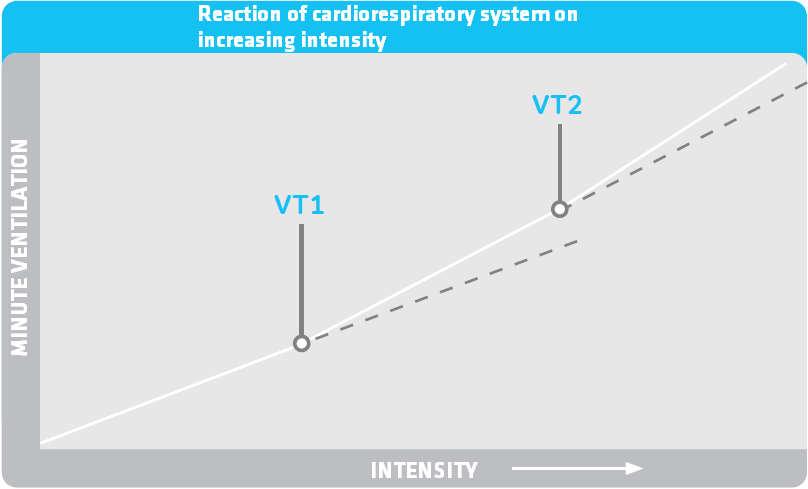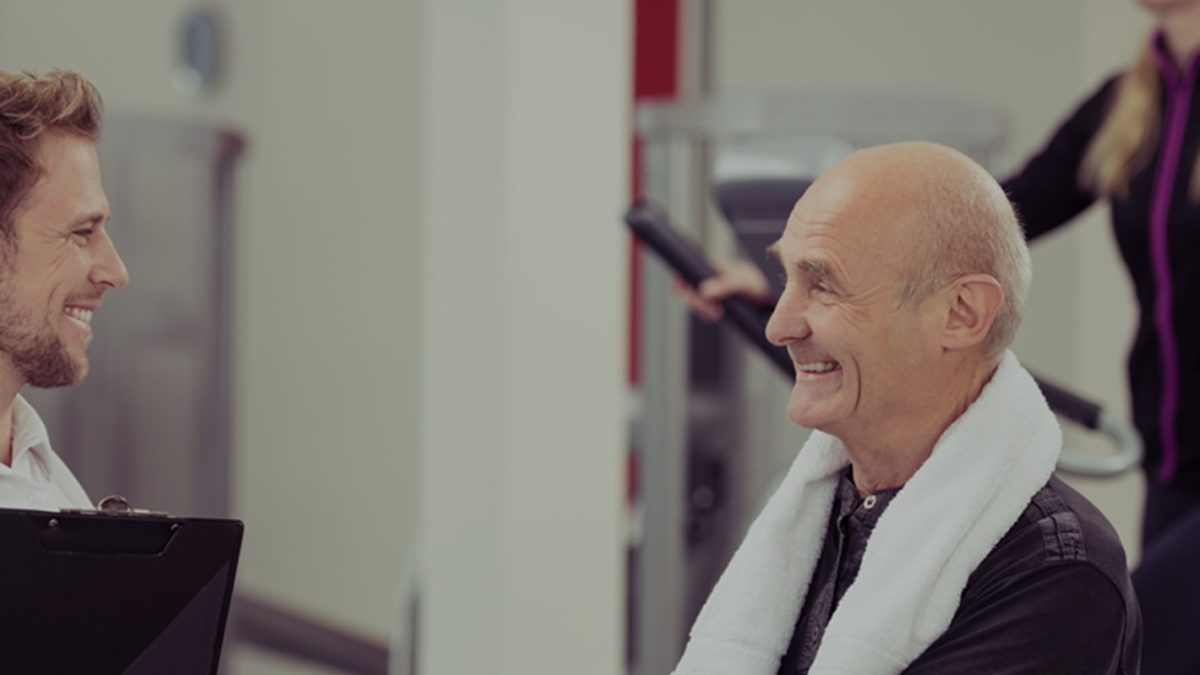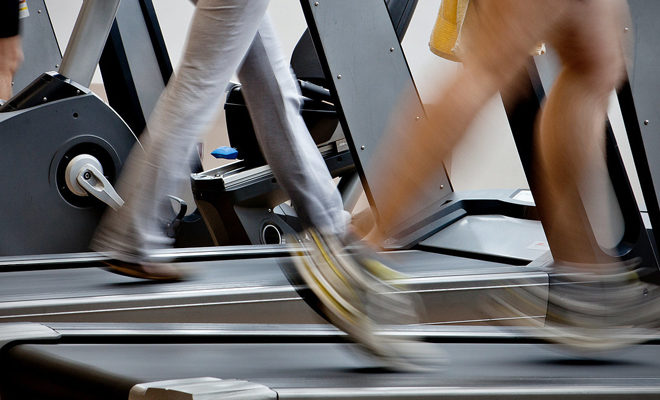Talk Test – A free and easy way to assess the intensity during training
You’ve heard the concept of cardio training. You decided to try to run, swim, ride your bike… without any assisting devices. However, you would like to know the abilities you have enhanced when practicing and how will that help you in your life. If you do not have a heart rate monitor to assess the heart rate and determine in which zones you are exercising you can almost accurately determine which systems of energy production dominate using only one simple sentence. The goal of this blog is to allow the recreational athlete an easier understanding and controlling of his cardio workout.
Cardio training refers to training in the conditions of aerobic metabolism (energy dominantly comes from aerobic sources). The aim is to increase the heart rate and respiration to create appropriate cardiorespiratory stress. (1) Stress is required to create an “overload”, i.e. adapt to better functioning of the system. Some of the benefits of cardio training are: increased maximal oxygen consumption (which is the result of both peripheral and central adaptation), increased capillary density in the skeletal muscles, increased lactate tolerance, decreased blood pressure, reduced risk of heart attacks or coronary diseases and reduction of anxiety and depression. (2)
There are 2 ventilatory thresholds:

VT1 = First ventilatory threshold – aerobic threshold – Lactate level about 2 mmol – significant growth of lactate in the blood, but stable base (45-60% VO2max). VT2 = Second ventilatory threshold – Anaerobic threshold – Lactate level approximately 4 mmol – Anaerobic work regime and rapid increase in blood LACPA (65-70% VO2max).
* VO2max – Maximal amount of oxygen organism can spend in one minute in highly intensive physical activity. It is expressed in absolute (liters of oxygen per minute) or relative values (milliliters of oxygen per kilogram of bodyweight). It depends on the ability of the circulatory and respiratory system to deliver atmospheric oxygen to muscle cells and the ability to of working musculature to use it.
Determination of talking load zones (conversation Test): (1)
3 INTENSITY ZONES
Zone 1 = intensity level below VT1 (first ventilation threshold). It is recommended to spend 70-80% of time in this zone of training.
Objectives: Training in Zone 1 serves to warm up and develop aerobic base.
Why is that important?
There is an increased capillarization and an increase in the number of mitochondria in the cells. This will enable better oxidation of fat and reduce the depletion of glycogen. The goal is to make a progression to the state when a person can do training 3-5 times a week for a duration of 20-30 minutes, while subjective effort should be around 10-12 (on a scale of 6-20, Borg scale). *Basic aerobic training should not be confused with the type of training practiced by athletes in endurance sports, because their type of training has a focus on the best performance in competitions lasting over two hours.
Zone 2 = load level between VT1 and VT2
It is recommended that in this zone up to 10% of training is done.
Objectives: Training in Zone 2 serves to further develop the transport system and increase glycogen levels in muscle and liver.
Why is that important?
System operates better while storing of glycogen in the liver and muscles and the ability to work on intensive trainings is increased. At the intensity that is 10 beats below the anaerobic threshold, it is possible to spend long time without reaching the point of early exhaustion.
Zone 3 = load level above VT2
It is recommended to spend 10-20% of training in this zone.
Objectives: Training in Zone 3 serves for lactate tolerance and development of anaerobic capacity.
Why is that important?
It enables executing high intensity activities over a longer period, higher calorie consumption and better health status. High intensity exercise offers biggest energy consumption in unit of time. This enables us focusing on caloric consumption over 10-20 minutes, and in other parts of training we can focus on other tasks.
For example, our students have a saying:
“I love Professor Dunaj’s lectures at the Fitness Academy!”.
If a person can pronounce a sentence without loss of breath, it is in zone 1. If a person has to pause to pronounce a sentence then it is in Zone 2. If a person has to make more breaks while pronouncing the sentence the training intensity is in zone 3.
Thus, this sentence while simultaneously confirming the quality of our lecturers, has a great practical value.
Further clarification of the method can be found at link: https://www.youtube.com/watch?v=e8vRWNb0suE.
Conclusion:
Go!
Talk test is a simple, reliable and free method that allows you to easily control the training process.
Literature
- Manual: Fitness Instructor in the gym (Bašić, Črljenec, Dunaj, Emeršić, Gluhak, Grgić, Sajko





